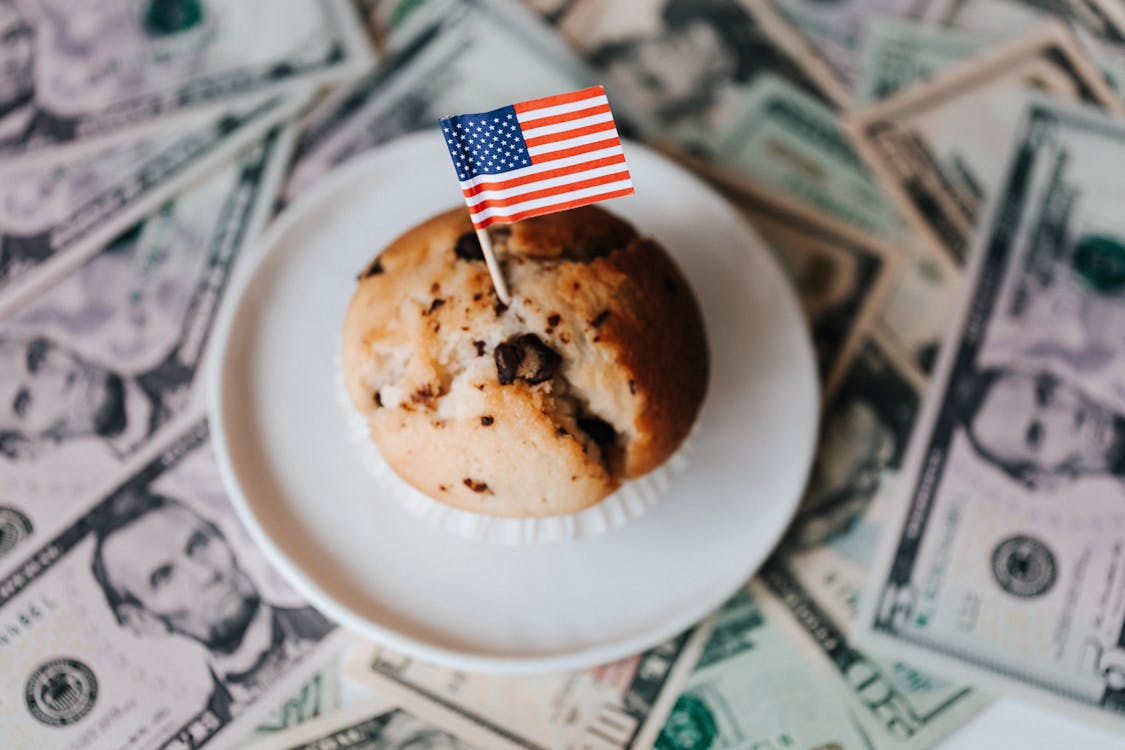Debt-Ceiling Showdown 2023 Is In The Rearview Mirror

Image Source: Pexels
As we expected, once a deal between President Joe Biden and Speaker of the House Kevin McCarthy was announced, the legislation passed the U.S. House and Senate without a great deal of drama.
The passage of the deal removes a significant threat to the economy and markets, and it puts the focus back to where it has been for the last 18 months: inflation, the U.S. Federal Reserve, and recession risks.
The deal itself is expected to have a very modest impact on the economy, with the consensus among analysts that it may reduce growth by 0.1% or 0.2% in 2024. Given all the other factors in play, that really is not a major factor in our assessment of recession risks. Our U.S. recession probability remains at 55%.
How are Markets Reacting?
In terms of market impact, my colleague Paul Eitelman mapped out four potential scenarios as it related to the debt ceiling negotiations. Fortunately, the best possible scenario for markets came to pass. As a reminder, here is what he wrote:
"If both parties can promptly agree to raise the debt limit, then 2023 will just be another line item in a growing list of major and minor debt ceiling scares (2021, 2013, 2011, 1995). Financial markets are likely to show a moderate relief rally—similar to the 1% gains realized on the S&P 500 Index during Wednesday and Thursday’s trading sessions.
"Yields on Treasury bills maturing in early June—which were trading more than 50 basis points above overnight indexed swaps earlier this week—are likely to decline as default risk is taken out of the yield curve. Longer-term Treasury yields might initially rise in sympathy with improving investor confidence, but any sustained moves in bonds will require a careful look at the details of the deal. If the deal includes meaningful fiscal restraint (e.g., multi-year discretionary spending caps) those policies would—all else equal—dampen economic growth and inflation and be bullish for bonds.
"Expectations are that a bipartisan deal would make the debt ceiling a non-issue until 2025 (after the next U.S. elections)."
As it turned out, this description was remarkably prescient. Markets reacted very much in line with his expectations, given the fact that the deal did not include significant fiscal contraction. Case-in-point: As of 7 a.m. Pacific time, both the S&P 500 Index and the Dow Jones Industrial Average were up roughly 1%.
The Bottom Line
Going forward, these issues are very likely going to continue to drive market dynamics. The substantial uncertainty around these issues continues to drive our guidance to clients to be at their policy asset allocations.
More By This Author:
Factor Investing And U.S. Recessions: How Have Key Equity Factors Performed On A Historical Basis?Debt Ceiling Deal Reached, Vote To Come
What Investors Should Know As U.S. Debt Ceiling Negotiations Continue
Disclaimer: Opinions expressed by readers don’t necessarily represent Russell’s views. Links to external web sites may contain information concerning investments other than those offered ...
more


